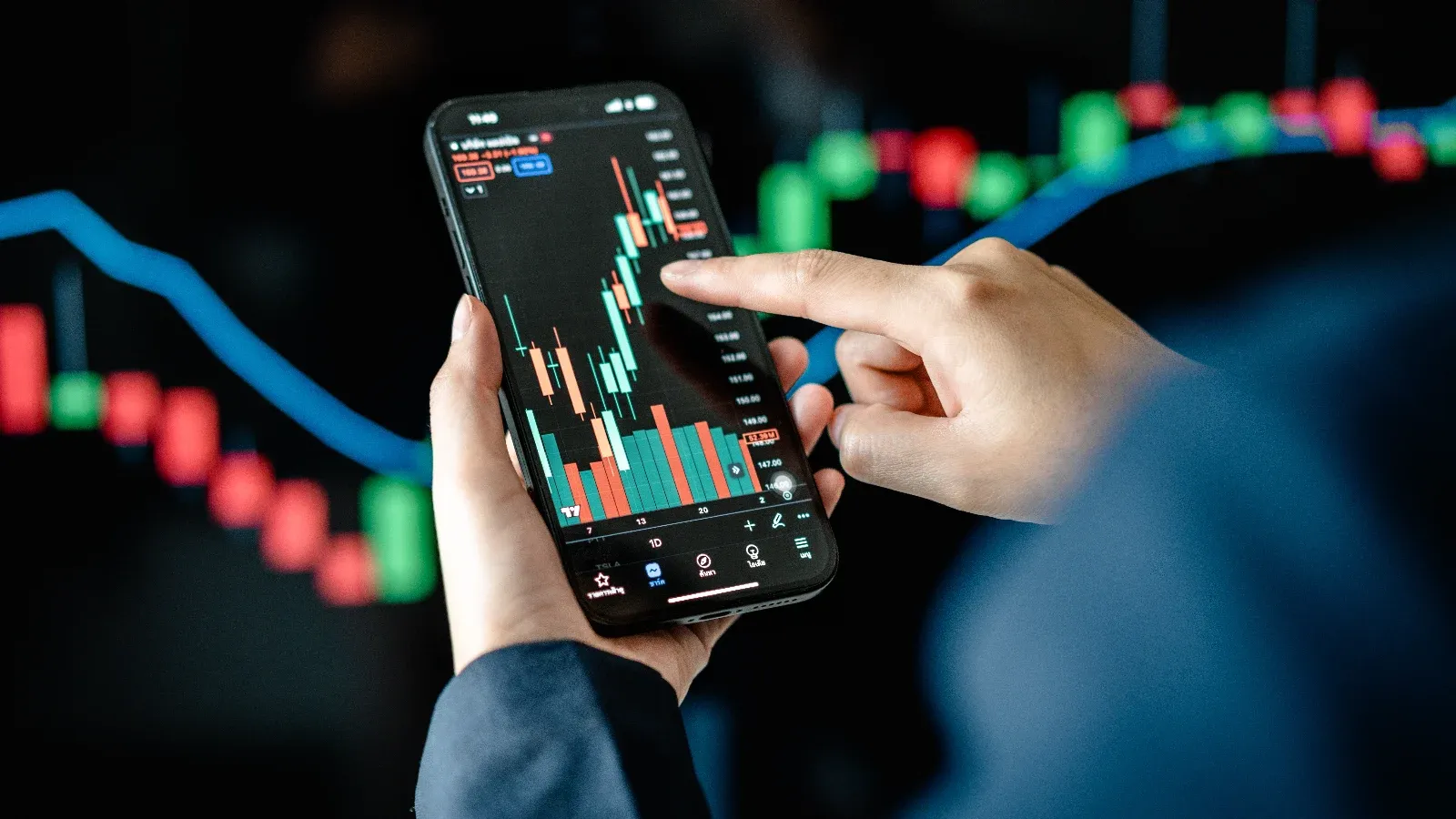What Is a Fill? Definition in Investing, How It Works, and Types
Written by Mariyam Sara
2 min read | Updated on October 16, 2025, 18:30 IST

In the fast-paced world of stock trading, timing and precision are everything. When an investor places an order to buy or sell a stock, that order doesn't execute instantly by magic, it goes through a process in the market known as a "fill".
In this blog, you will understand what is a 'Fill', its type and the types of 'Fill'.
What is 'Fill'?
When you put a sell or buy order for a financial instrument and it is executed, it is said to be ‘Fill’. For example, you place a buy order for an instrument like shares, bonds, or options. You will set a price at which you want to buy the securities. The broker will look for a seller who is willing to sell at your buying price, and will act as a negotiator to execute the trade, resulting in ‘Fill’.
Types of Fill
There are different types of fill, and each has different characteristics
Market Fill
When an order is executed at the current market price of the security, it is called ‘market fill’. The market fills are designed to be quickly executed and apply only to market orders. The price at which the market order is executed varies due to the fast-moving markets.
Limit Fill
To buy or sell securities at a specific price or a more favourable price, a limit order is used. When this limit order is executed, it is called a ‘limit fill’. Since there is a limit to the price, there is no guarantee of the order being executed, as the market needs to reach that specific price.
Stop fill
A stop fill protects traders from losses and helps book profits at predetermined price levels. When the price of securities you hold hits a specific price, the order placed automatically turns into a market order and executes a stop fill.
Partial Fill
If you place an order and, due to market liquidity issues or price fluctuations your whole order cannot be fulfilled, then you will receive a partial fill for the quantity that was available at the desired price. The remaining portion of your order will be open to be executed in the future.
Immediate or cancel (IOC) fill
In an immediate or cancel order, your order will be immediately executed or cancelled. If a portion of your order is fulfilled, the remaining will be automatically cancelled.
Fill or kill (FOK) fill
In a fill or kill order, either the entire order is executed or it will be entirely cancelled. There is no partial fulfillment of the order.
All or none (AON) fill
In an all or none fill, the entire order needs to be executed at once or not at all.
How does ‘Fill’ work?
Following is the process of a fill
Factors That Affect Order Fills
Here are some factors that influence how quickly your order gets filled.
Order Type
Your order type, like market, limit, or stop order, affects your order fills. For example, in a limit order, if the share’s price hits that price, only then will your order be filled. How quickly your order is filled depends on how long it takes for the share to hit that price.
Market Liquidity
If there are high quantities of buyers and sellers in the market, your order will be filled quickly.
Order Size
If you place a huge order at a specific price, it may take some time for the order to be filled.
Volatility and Fast-moving Markets
In a volatile market, the prices move quickly. Let’s say you place a limit order at ₹1000 per share, and the market is so volatile, the share falls before the limit price, resulting in your order not being filled.
Exchange and routing system
Different stock exchanges have different processes, which may hamper how quickly your order gets filled.
Every trader should know concepts like 'Fill'. To learn more concepts related to trading, sign up on UpLearn by Upstox today!
About Author
Mariyam Sara
Sub-Editor
holds an MBA in Finance and is a true Finance Fanatic. She writes extensively on all things finance whether it’s stock trading, personal finance, or insurance, chances are she’s covered it. When she’s not writing, she’s busy pursuing NISM certifications, experimenting with new baking recipes.
Read more from Upstox
Upstox is a leading Indian financial services company that offers online trading and investment services in stocks, commodities, currencies, mutual funds, and more. Founded in 2009 and headquartered in Mumbai, Upstox is backed by prominent investors including Ratan Tata, Tiger Global, and Kalaari Capital. It operates under RKSV Securities and is registered with SEBI, NSE, BSE, and other regulatory bodies, ensuring secure and compliant trading experiences.